|
Every year we take the team on walking tours of the archaeological ruins and sites of historical interest in Paphos. Senior archaeologist Kerrie Grant yesterday took the team on a walking tour of medieval Paphos - including the Frankish baths and Saranda Kolones, the Crusader castle. Photos by Helen Nicholson
15 Comments
Preparing to return to Paphos for my second season, I was all anticipation and excitement. I was full of memories of a superb five weeks in 2012, full of good people, a happy palate, and a superb site. After less than two weeks, the site certainly meets expectations, yet again. It may be a little on the warm side, but nothing a post-excavation swim can’t fix. We get so spoiled at this site- and in Cyprus in general- with the astonishing abundance of archaeology and history, you have to remind yourself you only have five weeks to take it all in.
An essential part of any season is a visit by the team to the Paphos District Archaeological Museum run by the Department of Antiquities of the Republic of Cyprus. |
Selected finds from the Paphos Museum collection | |
We need food to continue working, particularly in the hot sun and humidity of this season. Its a difficult balance between getting enough for the team, but also not blowing the budget and getting too much food that it goes to waste.
One of the great advantages of working in Cyprus is access to fantastic tasting fruit and vegetables and mouth-watering halloumi cheese and other great foods to tantalise the taste buds.
We are also lucky in Paphos in that we have access to some amazing tavernas and restaurants. One of the team's favourites is Minas' taverna and a couple of people treated themselves to calamari and souvlaki during our day off. Sitting in the outdoor shade with great food, great drinks and fantastic company on a lazy Mediterranean Saturday.
Bliss......
The history of the Augustan phase of the Paphos theatre is one of the least well understood of the theatre’s history but an important once so on this once every two millennia day we thought we would take a look at it.
Paphos was badly damaged by an earthquake in c. 15BC and we are told by Seneca (N. Q. vi. 26, Epistle 91) that the damage was severe. Dio Cassius (liv. 23) relates that Nea Paphos was restored by Augustus, and called "Augusta" in his honour. Archaeological evidence for the damage caused by the earthquake is seen in the town – our friends from Jagiellonian University working the Paphos Agora Project have dated the first phase of the Roman Agora portico to this period of restoration by Augustus. (http://www.paphos-agora.archeo.uj.edu.pl/en_GB/odkrycia)
For us working at the theatre there was obviously damage at this phase, but the nature of the damage and the extent of the Augustan renovations are difficult to determine. Much of this phase has been obliterated by later Roman construction, but it does seem likely that the stage building underwent a refit in the Augustan period even if the Augustan stonework is not so clearly and easily identifiable. Our biggest evidence for late first century remodeling is the western analemmata. Considerable amounts of late first century BC ceramics were found in the fill behind the wall which has obviously been reinforced and rebuilt. It is visible in the photo shown below, a thicker wall added onto a pre-existing analemmata (support wall for the parodos entrance). It is perhaps here we have the greatest evidence of Augustus’ patronage for Nea Paphos in the area of the theatre.
Despite attempts to recreate the Augustan era at the theatre (such as: http://www.europeana.eu/portal/record/2020720/DR_22fc9f88ac3a73022ca2d837917b5537.html) it remains difficult for us to have any certainty as to how the building looked two thousand years ago on Augustus’ death.
We have recovered Augustan coins from the site over the years of excavation; indeed a Paphian mint produced coins with images of the Temple of Aphrodite at nearby Paleaopaphos including the conical cult statue which has been speculated was a metorite (although it probably isn’t).
So it is quite exciting excavating a site with Augustan connections as the rest of the world reflects on the legacy of Rome’s first emperor.
Our first day on site for the 2014 season begins in a heatwave – it is over 35 degrees as I write this. So we have to take it easy. Today was all about preparation anyway, so preparing ourselves for the heat does help.
The day begins at 7am with site induction – a Workplace Health and Safety session, and a discussion on the archaeological methodology we use and the process of recording trenches as we follow. It’s a good chance for new team members to ask questions.
Its then onto site this morning to begin clearing the area of our two trenches and retrieving tools that were stored away safely at the end of our last field season. They haven’t been used in almost two years so will require cleaning. We also made contact with the staff of the Paphos Museum to let them know of what work we are doing this year (and catch up on gossip!).
In the hot sun, by the time lunch came around at noon we were exhausted but well satisfied with our progress and ready to break ground tomorrow.
We will open two trenches in 2014, one will be called 14A and will be placed on the top of the cavea (seating area) continuing work started in 2012. The second trench (14B) will be at the south of the site, exploring the southern edge of the Roman road we have been investigating in previous seasons.
We finish the evening with a walking tour of the site, so new team members can see the archaeological evidence of the phases of useage on the site from the third century BC through to the fourth century AD, as well as the Medieval and Ottoman eras that they will get to know so well in coming days. It’s a good chance for people to clarify our knowledge of the site and ask questions so that they feel confident with what we do know about the site (and what questions the project still has to answer!). Then our first team dinner at a local taverna. Yum!
Our work is only possible because of the support of the Nicholson Museum at the University of Sydney the Australian Archaeological Institute at Athens and of course the Department of Antiquities of the Republic of Cyprus for whom we are privileged to be able to explore the history of this remarkable island. We can’t wait to keep you up to date over the next five weeks with our work.
Today trench leaders Helen and Kerrie joined me on site as we worked out strategies for excavation areas (we will open two trenches this season) and working out where we will place spoil heaps, what hours we will work and coordinating the team.
Its currently in the high 30 degrees Celsius, but there is shade from the trees and a nice breeze from the sea that we hope will keep us cool. The site is looking great and will be even better once we have cleaned it on Monday.
We will begin blogging from Monday onwards. We hope you can follow our adventures!
Bloggers
Each season our team including the directors, students, architects, volunteers, ceramicists and other finds specialists will blog about the day to day sweat and adventures that come with life on an archaeological dig.
Each post will be signed off by the team member and together these posts will represent the variety of expertise and experiences that happen when working overseas on a dig.
Please join in and ask any questions about the archaeological excavations, research, field methods, the island of Cyprus, food on a dig, or anything else you’re interested to know in our comments section.
Archives
May 2023
April 2023
November 2019
October 2019
November 2017
October 2017
February 2017
November 2016
October 2016
March 2016
September 2014
August 2014
August 2013
December 2012
November 2012
October 2012
September 2012
November 2011
October 2011
September 2011
November 2010
October 2010
September 2010
August 2010
July 2010
Categories
All
Blogs
Cypriot Archaeology
Other Foreign Teams
Photographs Of Excavation
Pottery Analysis
Science In Archaeology
Videos
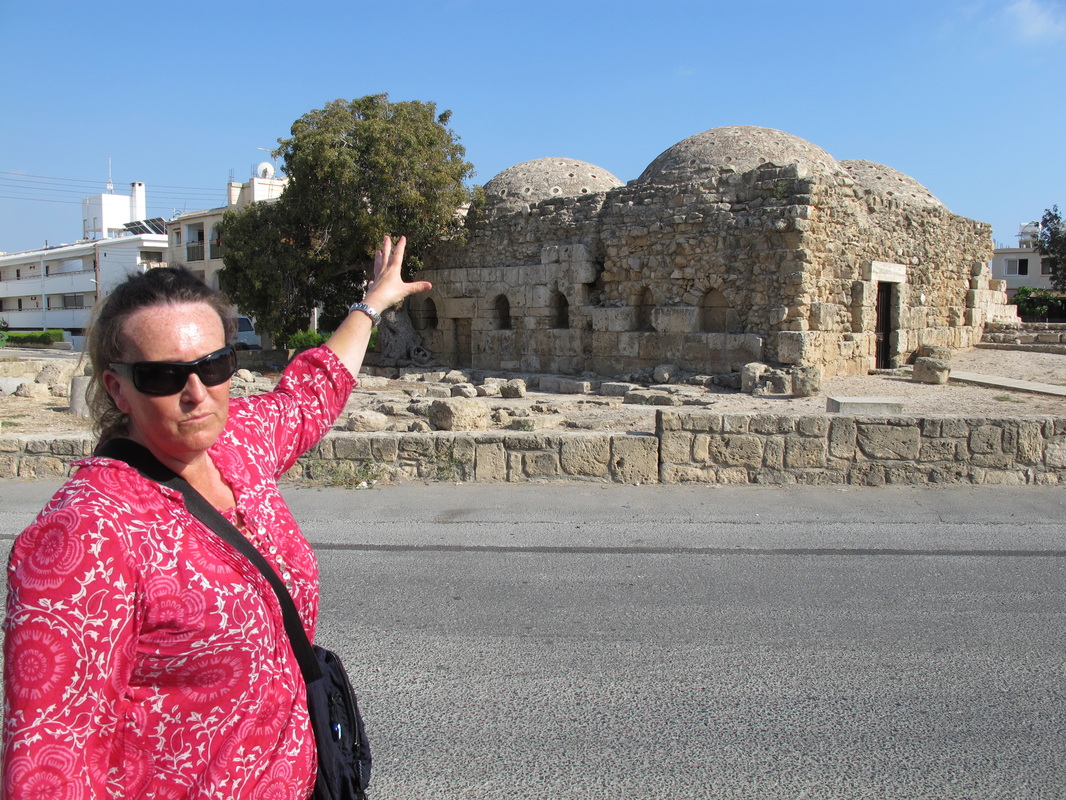
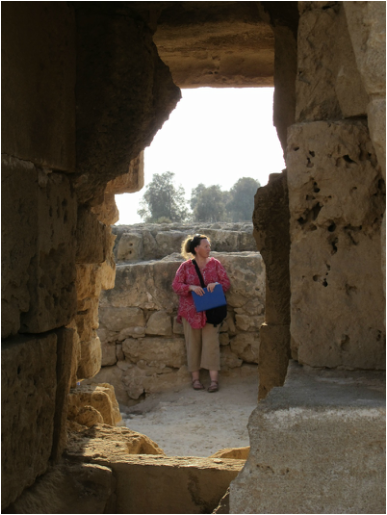
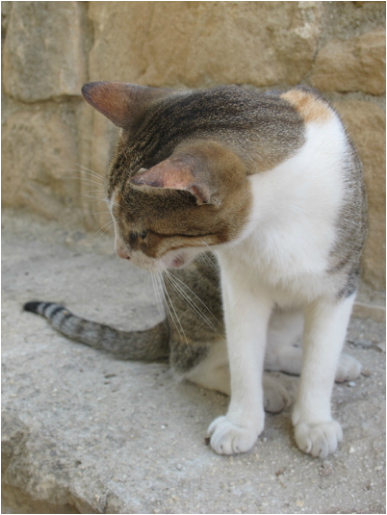
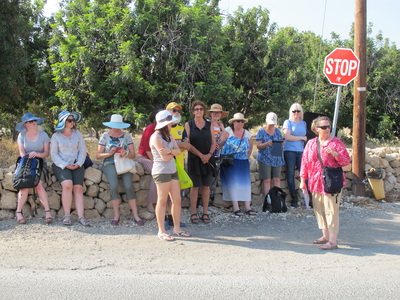
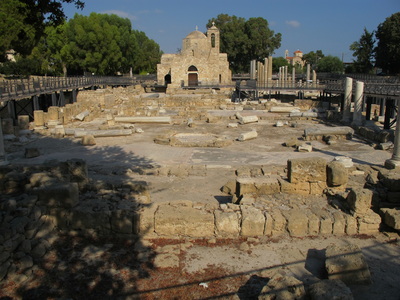
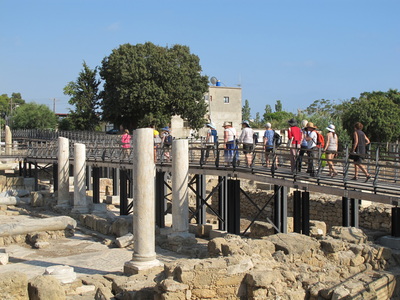
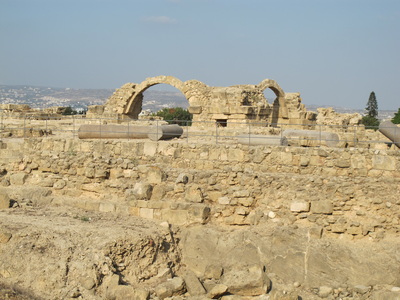
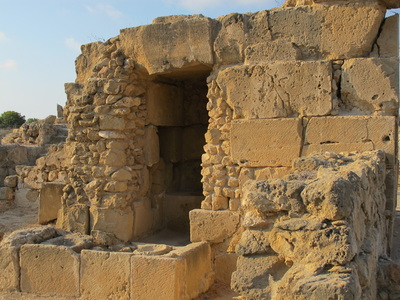





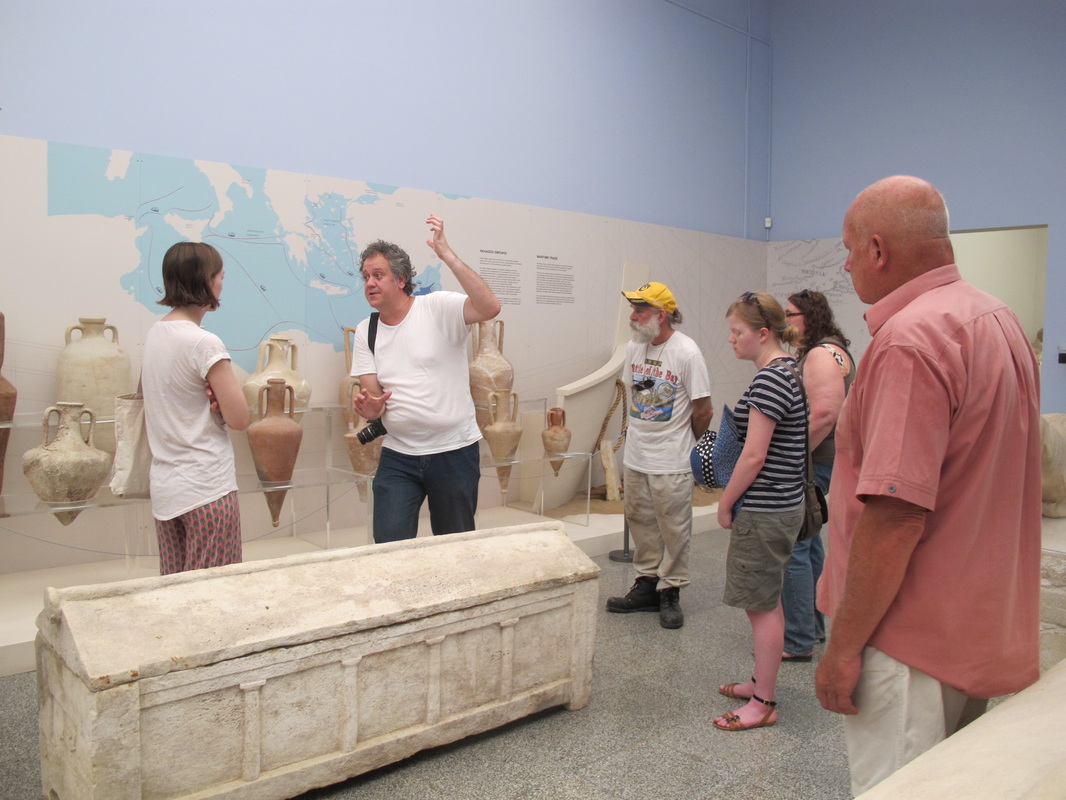
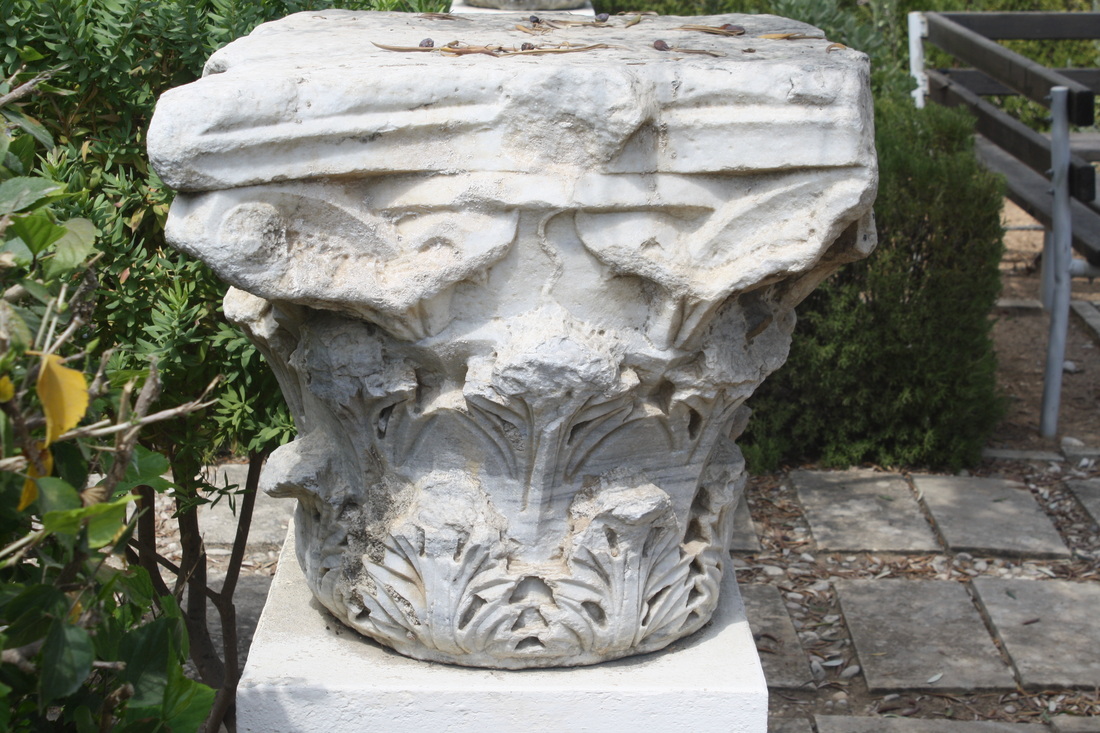
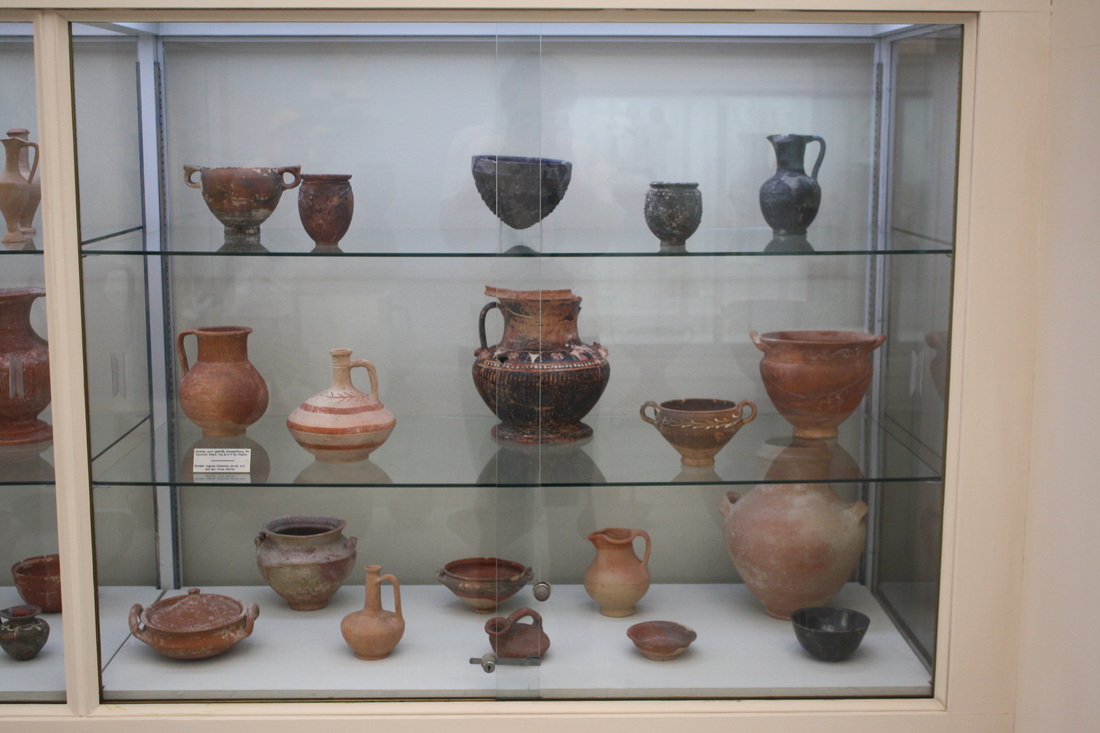
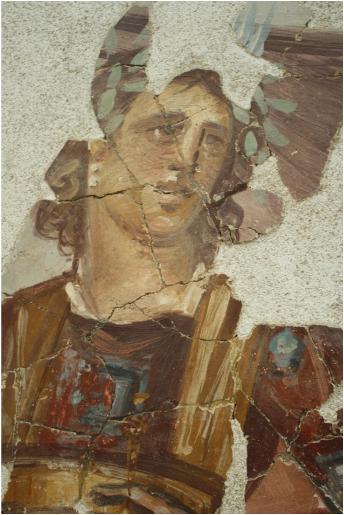
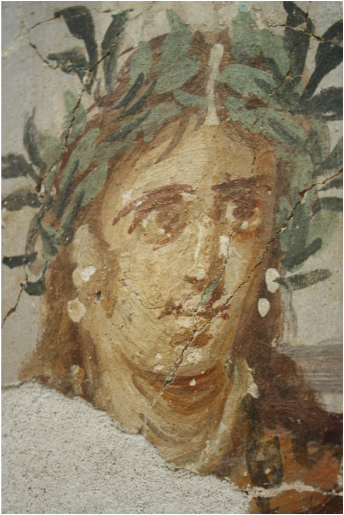
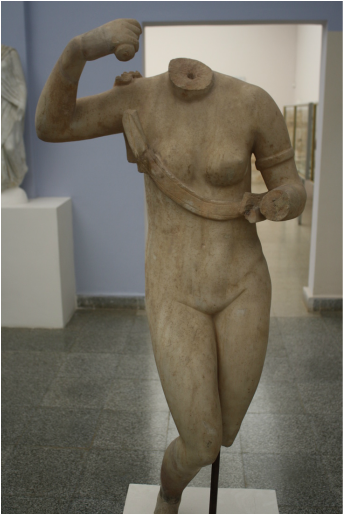
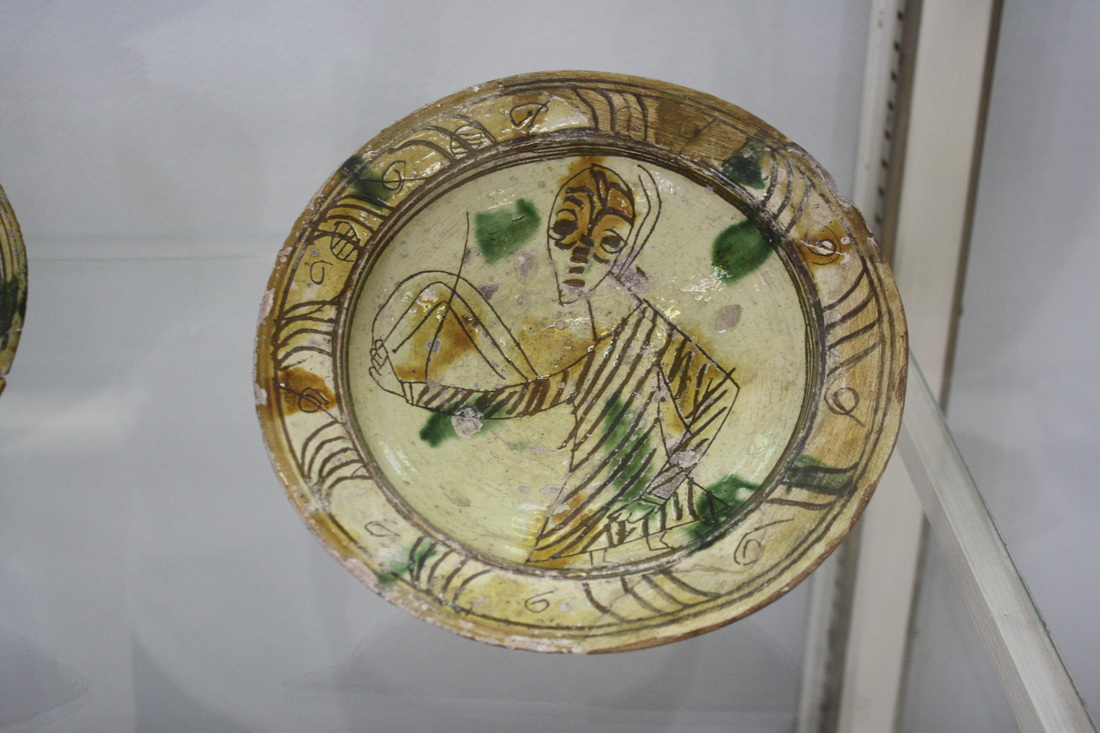
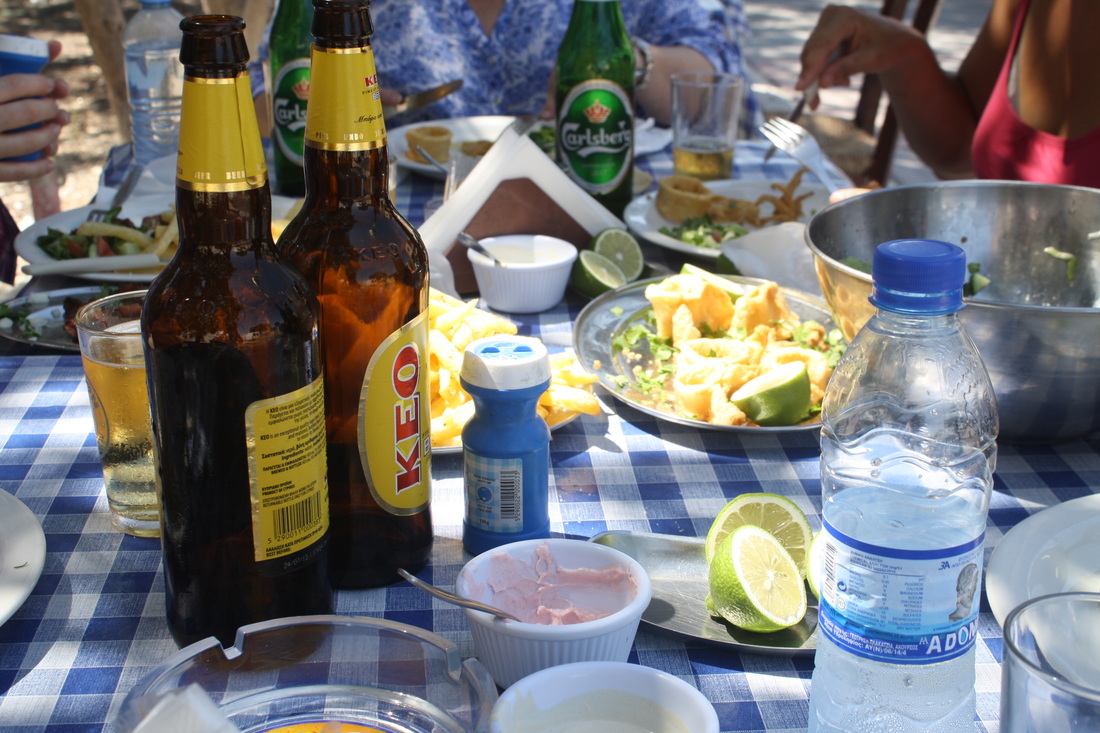
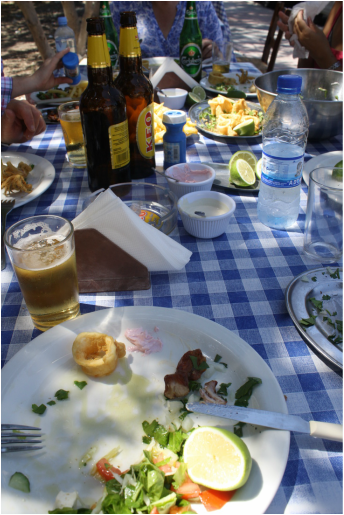
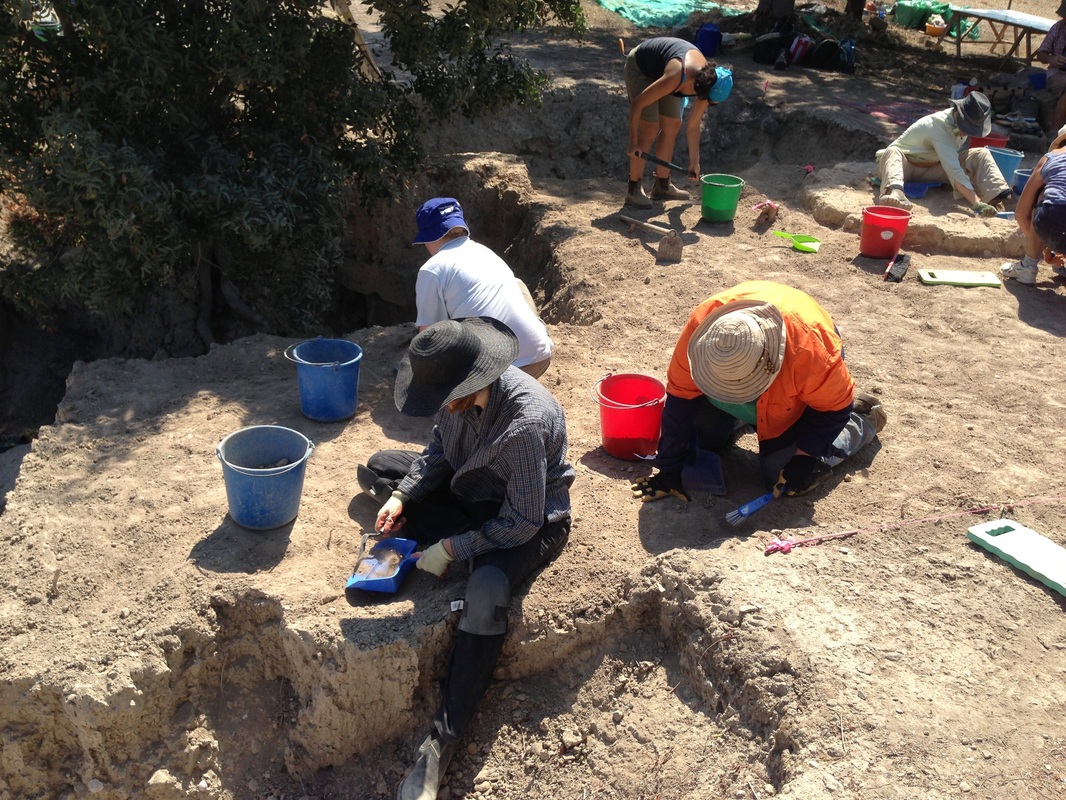
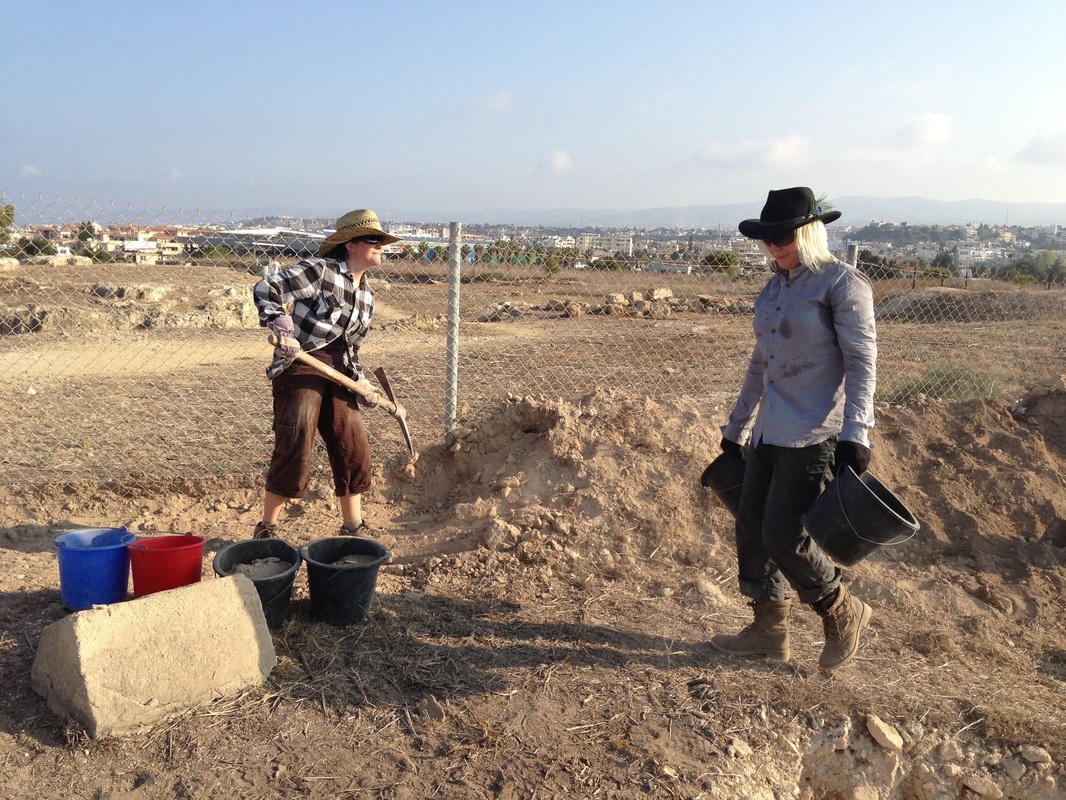
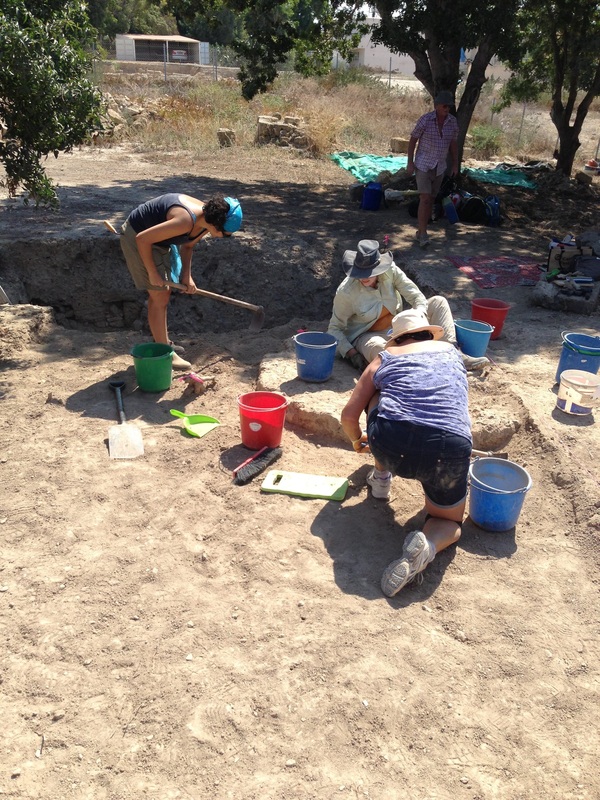
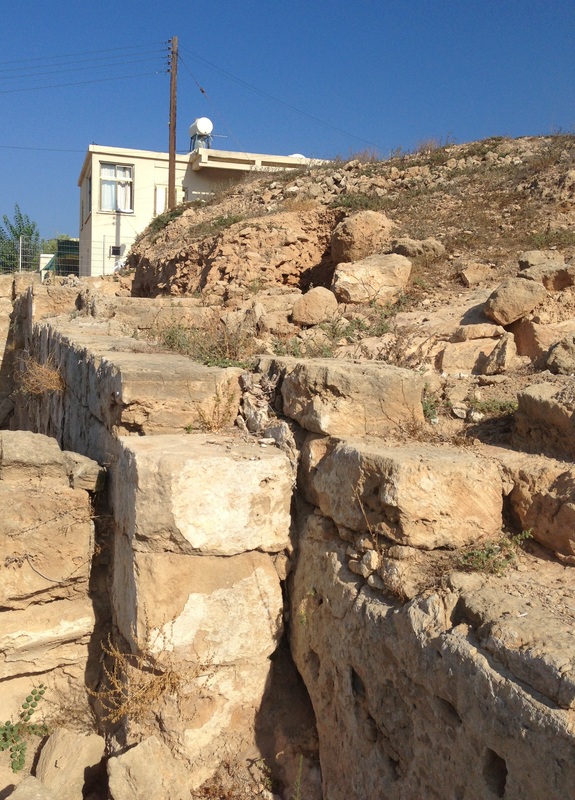
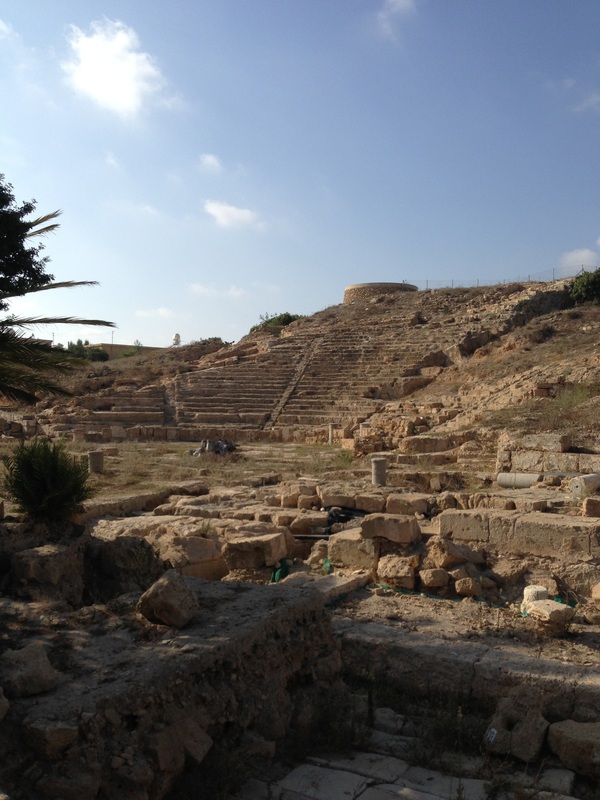
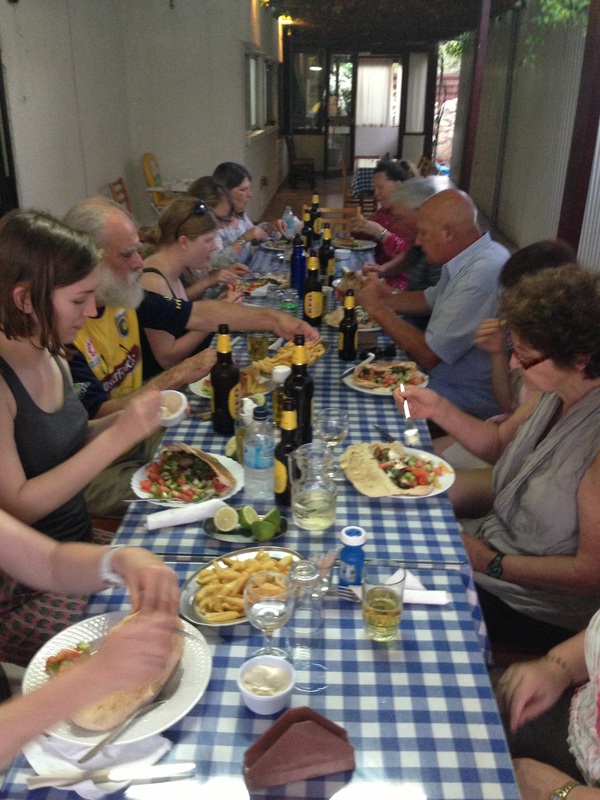
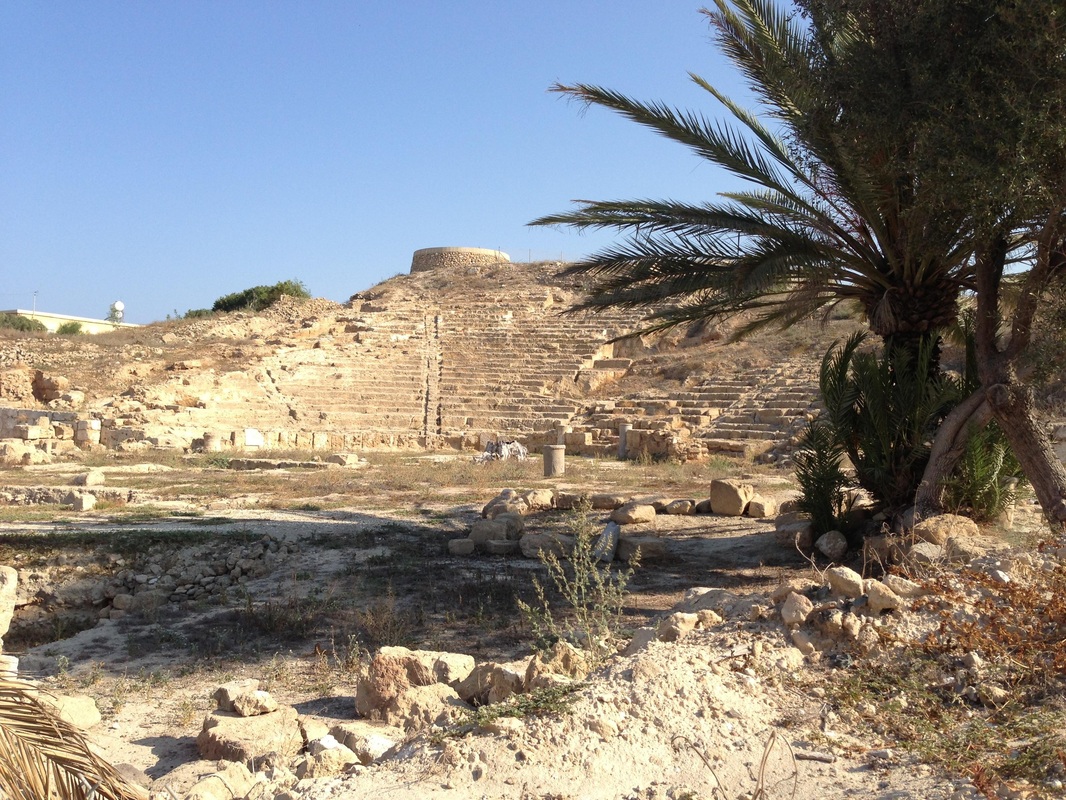
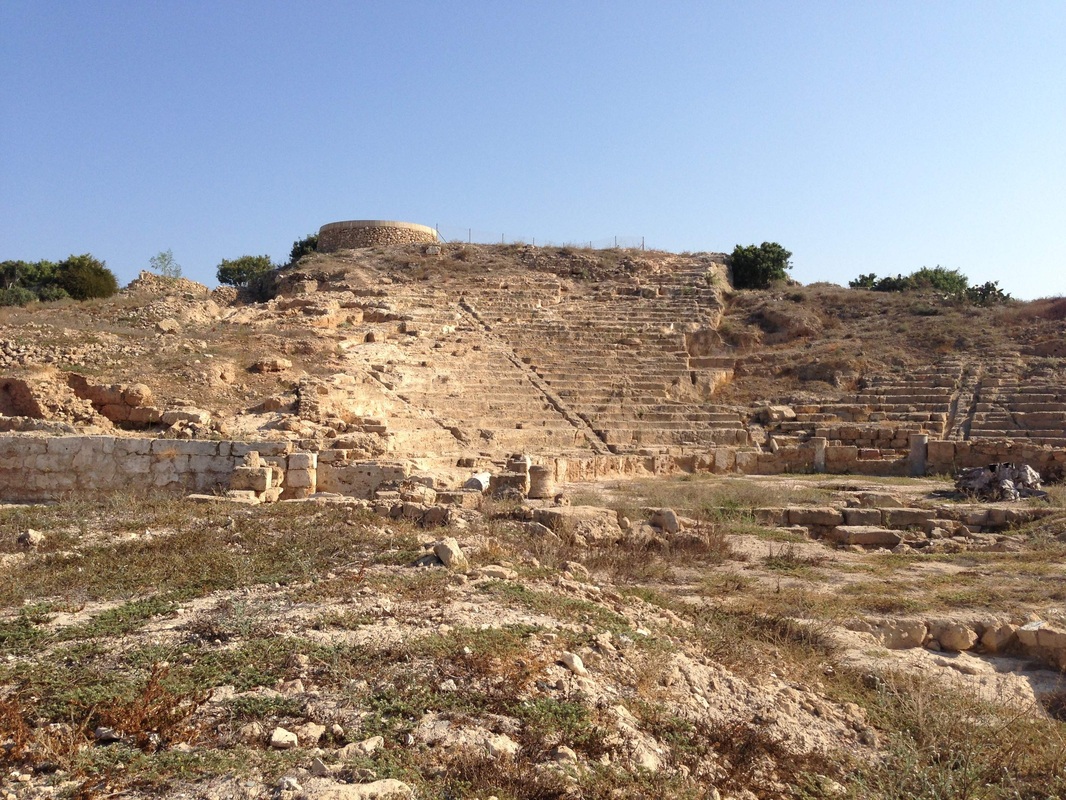
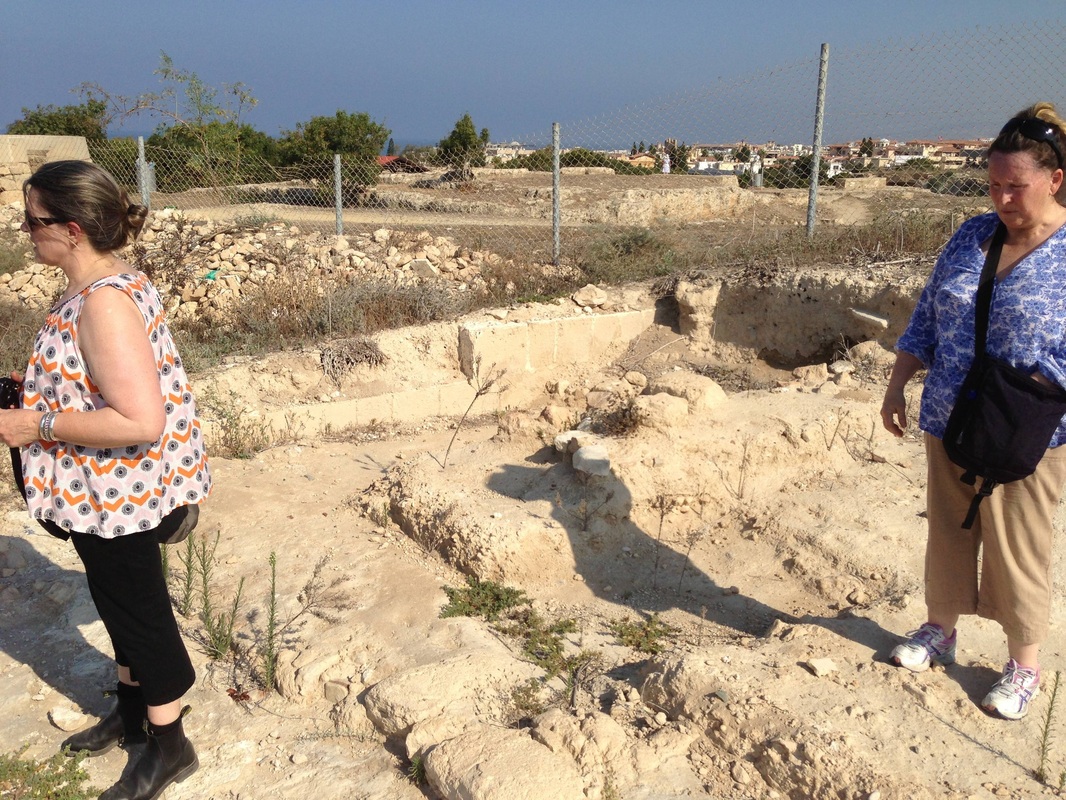
 RSS Feed
RSS Feed